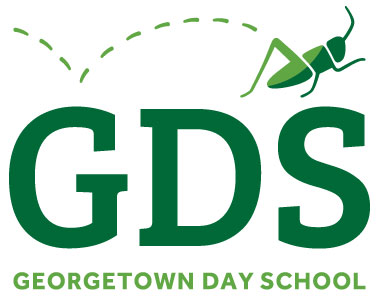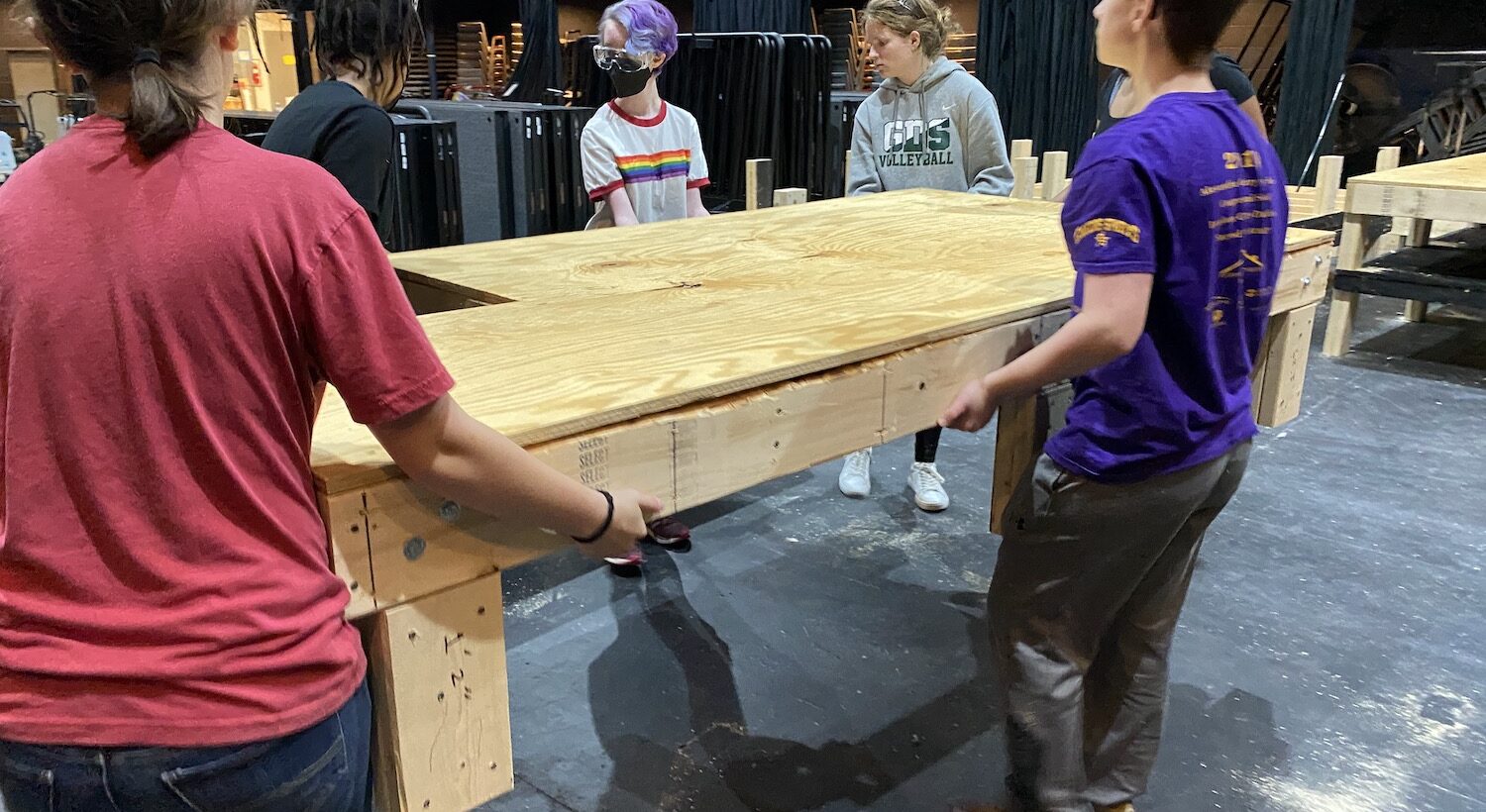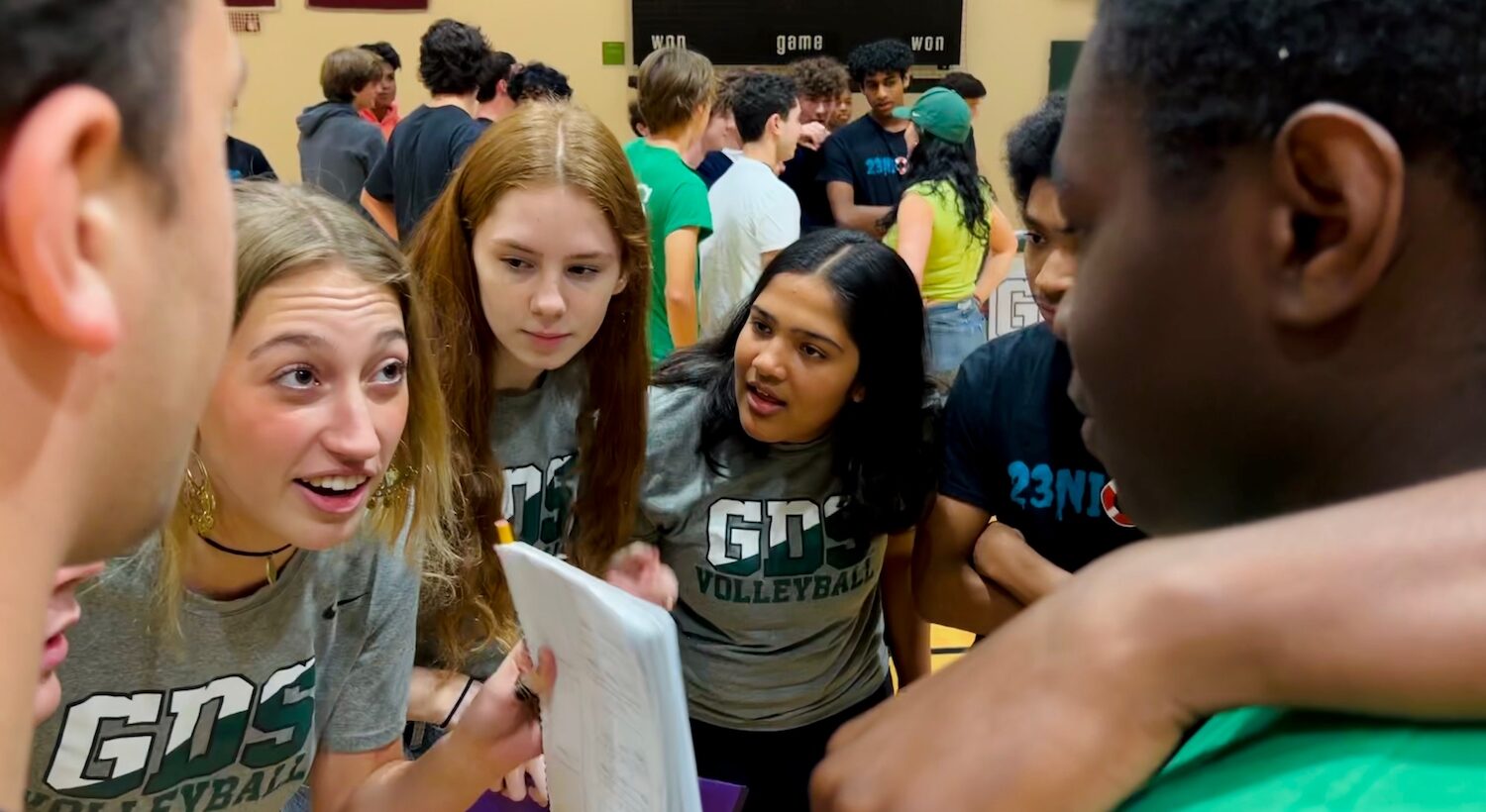Walking down a hallway in the High School, I hear beautiful harmonies pouring forth from a classroom. I stand outside the door for a few minutes, listening to an a cappella performance of Tom Petty’s “Free Falling.” Eat at Joe’s, one of several High School a cappella groups, is rehearsing over lunch. Different students take solos while seniors and juniors provide instruction to newer group members.
When the song finishes, I step into the room to offer brief applause. Notably, there are no adults in the room—just students—a typical sight in the High School. Students serve as the engine for countless co-curricular offerings, from affinity groups to Quiz Bowl, from student publications to the Student Action Committee. Yes, faculty serve as advisors for these groups. Still, much of the daily work—the production, the promotion, the decisions—lives with the students.
Our students pull off remarkable feats. They design and build sets for theater productions. They organize voter mobilization initiatives. They conceive of independent study courses to learn more about topics around which they have a particular passion, and find teachers to teach them.
How do they know how to do all of these things?
There is a rich culture at GDS which fosters this sort of initiative, and which is most fully manifested (as is developmentally appropriate) in our High School. We believe in students’ capacity, from our youngest PK students to our accomplished seniors. They feel that belief and internalize it, carrying a quiet confidence as they move through school and the world. In the High School, ninth and tenth graders watch carefully as upperclassmen take charge of so much that happens outside of the classroom. Soon enough, those spectators become the upperclassmen taking charge.
It takes a certain kind of boldness or chutzpah to think as a 15-year-old, “This (club/initiative/gathering/movement) doesn’t exist in my community, but it should exist. And I’m going to make it happen.” One of our “A GDS Student Will..” capacities calls for our students to “innovate and create,” and they do this with gusto.
An essential innovation skill is the ability to find oneself in unfamiliar territory and figure out what to do next, scanning the environment for clues to inform action. In a recent email to me, a GDS alumni parent described this capacity as “the gift of navigation.” She wrote:
In addition to helping kids learn how to think for themselves and love learning, GDS also gives kids the gift of navigation. I see this gift play out in our three kids. As they get older, it is this gift of navigation that helps them figure out a positive path forward, especially for circumstances that they’ve never encountered before. It’s a gift that is always with them, whenever they need it.
The gift of navigation is developed both beyond and within the classroom. A tenth grader recently described a chemistry lab to me: ”We walked into class and were handed a piece of aluminum foil and told we needed to figure out its density. That was it. There were no instructions. We weren’t told what to use. We just had the lab equipment and our brains. And…we did it.”
Navigation skills are learned experientially. They’re learned through trial and error. And they’re some of the most important skills we can provide. When our young alumni return from college, again and again they tell me, “I feel like I was really well prepared.” Yes, they are ready to thrive academically. They know how to write, how to take notes, and how to study. But they’re also ready to thrive beyond the classroom—to join groups or create them, to get an on-campus job, or land an internship—steering their own course on their journey to change the world.





